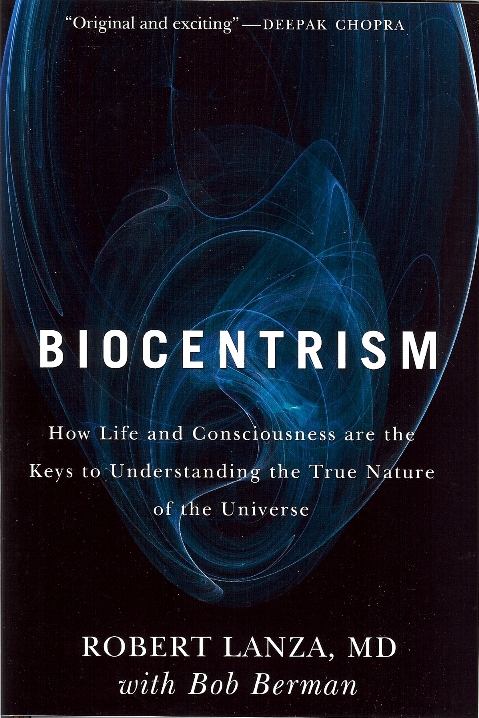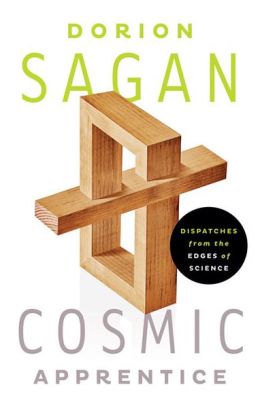Randall Carlson does a nice job explaining subjects which would otherwise be incredibly dense. I especially enjoyed this entire series: Cosmography 101. In this series he points out that ancient humans around the time of the last ice age appear to have been cosmographists. With this in mind he explores various scenarios of what might have occurred based on geological evidence. Once you finish hearing what Carlson presents I am certain you will know more than you wanted about the Younger Dryas. You will also encounter many comprehensive descriptions of comets and asteroids. Unfortunately for Carlson, his ideas on the events of the last ice age are an anathema to some of the worlds popular ideologies: those who hold a religious based on the Bible’s account of a supernatural guiding force and those who hold a scientific view based on gradualism. If you maintain a religious understanding, then the proof that these historical events occurred through purely physical interactions between material things following mathematical laws, then you will most likely close your attention to the evidence immediately. The same refusal will occur by those scientifically oriented who think their already correct view of this time era is true and scientifically valid. Dare to be challenged?
Category: astronomy (Page 1 of 9)
Highly recommended.
Against Method, by Paul Feyerabend, contains provocative insights into the connectedness of all human abstractions, ideologies, cultures, methodologies, etc… Feyerabend’s arguments are extremely valuable to people of all backgrounds who pursue an understanding of reality.
Feyerabend expresses an idea which hints that all human ideologies in the noosphere depend on each other in some way. This universal connectedness therefore indicates that we cannot declare one ideology better than another. In other words there does not exist an objective form of judgement and all people must allow anything that can express itself to express itself, a complete anarchy of ideas. I would add that it is only when institutions or social structures attempt to fight this anarchy that progress, as defined by various definitions, ceases to exist or becomes retarded.
Traditions, language, theories, facts, statements, and questions — all related in a complex web of dependencies:
I was curious to learn about the Whole-Earth Decompression Dynamics (WEDD) theory developed by J. Marvin Herndon after I discovered that Lynn Margulis had edited and recommended his work several years ago. After purchasing Herndon’s Earth and the Dark Side of Science and reading the foreword by Dorion Sagan, whom I respect as an excellent science writer, I began to see Herndon as a scientist who is attempting to shake the foundations of more than three distinct subject areas – Geoscience, Planetary Sciences, and Nuclear Science. Whether or not you personally think his WEDD theory is right or wrong is irrelevant to the truth. If someone thinks his theory is incorrect, then they can refute the theory with substantive evidence by publishing a paper which details the inconsistencies in logic or facts. But remember, as Feyerabend and Kuhn note repeatedly, facts are always theory laden.
Science is not a religion; scientists are not priests who defend a fixed doctrine. Scientists who simply ridicule or resort to name calling are doing a disservice to science in a time when science is being attacked on many fronts – by religions, governments, and corporations. Scientists who forsake truth for tenure, personal prestige or their own beliefs are just as dangerous to science as any external threat. And this does not exclude Herndon himself.
As a reader of science subjects, I find the ideas of Herndon to be a fresh and fascinating departure from the status-quo. This is what science is all about, proposing preposterous ideas and then proving them right or wrong. His theory is nothing short of a revolution in the subjects previously mentioned. Even if it turns out to be false, they still provide food for thought and may even perhaps result in a more developed and better understanding of the true nature of natural phenomenon.
In light of all the exoplanet discoveries of the Kepler Space Telescope there is even more reason to seriously consider investigating the theories presented by Herdon. Of the thousands of exoplanets discovered thus far, there is a large fraction of Jupiter type planets which lie within the orbit of Earth. In fact there are so many such exoplanets that the question should not be: “Why are there so many Jupiter type planets in such close proximity to their host star?” but should rather be: “Why does our Solar System not contain Jupiter type planets within Earth’s orbit?”
Even if Herdon’s theory is incorrect regarding the history of our Solar System, his proposed theory is a physical possibility, i.e. there is at least one planet or moon which has had its atmosphere stripped away in the universe. It would therefore be silly not to study the theory. Don’t mathematicians study topics which have no current application? What is the issue with studying situations that did not occur in our Solar System?
I suggest first reading: A New Basis of Geoscience: Whole-Earth Decompression Dynamics
and then reading his book mentioned earlier (his book also contains this paper, among others).
For a list of his papers – J. Marvin Herdon on arXiv.org.

Being a huge fan of Carl Sagan’s books, I was delightfully surprised when I found that his son, Dorion Sagan, is a prolific writer on the subjects of science, philosophy, and evolution. The first of his works which I decided to read is entitled Cosmic Apprentice: Dispatches from the Edges of Science. For a good review see Maria Popova’s review here. I loved reading the book and I look forward to reading more of Sagan’s writings.

I recently finished Robert Lanza’s book, Biocentrism: How Life and Consciousness are the Keys to Understanding the True Nature of the Universe. While understanding the true nature of the universe is a bold claim, I think there is validity to the perspective of biocentrism based on my own experiences and knowledge. The book kept me thinking and my head spinning. My mind constantly wondered, thinking about the consequences and possible applications of the principles of biocentrism.
Lanza’s theory of biocentrism has seven principles (source):
- What we perceive as reality is a process that involves our consciousness. An “external” reality, if it existed, would by definition have to exist in space. But this is meaningless, because space and time are not absolute realities but rather tools of the human and animal mind.
- Our external and internal perceptions are inextricably intertwined. They are different sides of the same coin and cannot be divorced from one another.
- The behavior of subatomic particles, indeed all particles and objects, is inextricably linked to the presence of an observer. Without the presence of a conscious observer, they at best exist in an undetermined state of probability waves.
- Without consciousness, “matter” dwells in an undetermined state of probability. Any universe that could have preceded consciousness only existed in a probability state.
- The structure of the universe is explainable only through biocentrism. The universe is fine-tuned for life, which makes perfect sense as life creates the universe, not the other way around. The “universe” is simply the complete spatio-temporal logic of the self.
- Time does not have a real existence outside of animal-sense perception. It is the process by which we perceive changes in the universe.
- Space, like time, is not an object or a thing. Space is another form of our animal understanding and does not have an independent reality. We carry space and time around with us like turtles with shells. Thus, there is no absolute self-existing matrix in which physical events occur independent of life.





